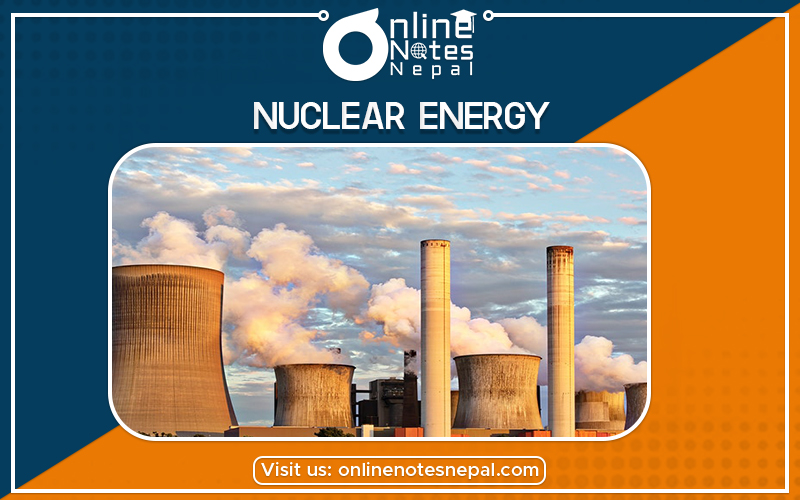Published by: Zaya
Published date: 25 Jun 2021

Nuclear energy is the energy in the nucleus, or core, of an atom. Atoms are tiny units that make up all matter in the universe, and energy is what holds the nucleus together. There is a huge amount of energy in an atom’s dense nucleus. The power that holds the nucleus together is officially called the “strong force.”
Nuclear energy can be used to create electricity, but it must first be released from the atom. In the process of nuclear fission, atoms are split to release that energy. A nuclear reactor, or power plant, is a series of machines that can control nuclear fission to produce electricity. The fuel that nuclear reactors use to produce nuclear fission is pellets of the element uranium. In a nuclear reactor, atoms of uranium are forced to break apart. As they split, the atoms release tiny particles called fission products. Fission products cause other uranium atoms to split, starting a chain reaction. The energy released from this chain reaction creates heat. The heat created by nuclear fission warms the reactor’s cooling agent. A cooling agent is usually water, but some nuclear reactors use liquid metal or molten salt. The cooling agent, heated by nuclear fission, produces steam. The steam turns turbines, or wheels turned by a flowing current. The turbines drive generators or engines that create electricity. Rods of material called nuclear poison can adjust how much electricity is produced. Nuclear poisons are materials, such as a type of the element xenon, that absorb some of the fission products created by nuclear fission. The more rods of nuclear poison that are present during the chain reaction, the slower and more controlled the reaction will be. Removing the rods will allow a stronger chain reaction and create more electricity.
As of 2011, about 15 per cent of the world’s electricity is generated by nuclear power plants. The United States has more than 100 reactors, although it creates most of its electricity from fossil fuels and hydroelectric energy. Nations such as Lithuania, France, and Slovakia create almost all of their electricity from nuclear power plants.
Uranium is the fuel most widely used to produce nuclear energy. That’s because uranium atoms split apart relatively easily. Uranium is also a very common element, found in rocks all over the world. However, the specific type of uranium used to produce nuclear energy, called U-235, is rare. U-235 makes up less than one per cent of the uranium in the world. Although some of the uranium the United States uses is mined in this country, most are imported. The U.S. gets uranium from Australia, Canada, Kazakhstan, Russia, and Uzbekistan. Once uranium is mined, it must be extracted from other minerals. It must also be processed before it can be used. Because nuclear fuel can be used to create nuclear weapons as well as nuclear reactors, only nations that are part of the Nuclear Non-Proliferation Treaty (NPT) are allowed to import uranium or plutonium, another nuclear fuel. The treaty promotes the peaceful use of nuclear fuel, as well as limiting the spread of nuclear weapons. A typical nuclear reactor uses about 200 tons of uranium every year. Complex processes allow some uranium and plutonium to be re-enriched or recycled. This reduces the amount of mining, extracting, and processing that needs to be done.